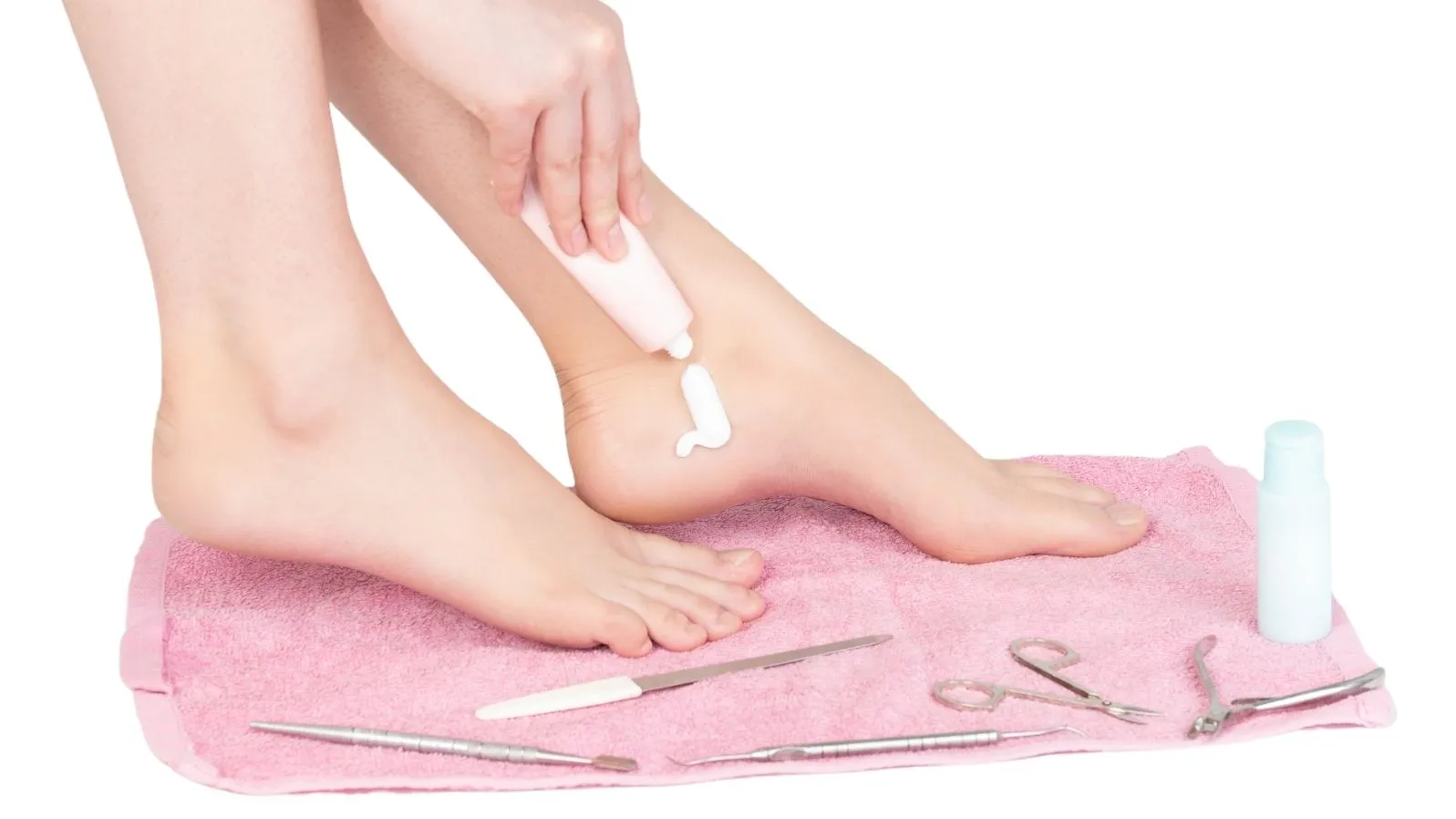A callus is a skin disorder that occurs on the bony areas of the feet and is caused by constant friction and pressure on these areas due to shoes that are not suitable for the shape of the foot. Calluses are most commonly seen on the bottom of the toes, heels, and soles of the feet.
How Do Calluses Form?
A callus is the result of the skin's self-protection mechanism. The feet are constantly exposed to pressure and friction throughout the day. This causes the skin in these areas to thicken and harden. A callus is a mass of dead skin cells.
What Causes Calluses?
The main factors that contribute to callus formation are:
Wearing shoes that do not fit the foot: Tight, narrow, or high-heeled shoes can cause pressure and friction on the feet, triggering callus formation.
Bone prominences on the foot: Bone prominences on the foot are exposed to friction and pressure from shoes, which can also lead to callus formation.
Excessive exercise: Prolonged and excessive exercise can cause pressure and friction on the feet, triggering callus formation.
Occupational reasons: Some occupations can cause constant pressure and friction on the feet. For example, people who work in occupations such as construction workers, drivers, and carpenters are more likely to develop calluses.
Diabetes: Diabetes can impair blood circulation in the feet, which can also trigger callus formation.
Some skin conditions: Some skin conditions can trigger callus formation. For example, callus formation is more common in skin conditions such as eczema and psoriasis.
What Are the Symptoms of Calluses?
A callus is typically seen as a hard, thick, and painful mass on the feet. The color of the callus is usually brown or yellowish. A callus can cause pain even with slight pressure.
How to Treat Calluses?
Calluses can usually be treated at home. Some methods that can be applied in the treatment of calluses are as follows:
Soaking the callused area in warm water: Soaking the callused area in warm water for 15-20 minutes helps to soften the callus.
Gently rubbing the callus: Gently rubbing the callus helps to remove the dead cells of the callus.
Moisturizing the callus: Regularly moisturizing the callused area helps to soften the callus and improve healing.
Lapiden Velvet Foot Care Cream helps to moisturize your feet intensively. It will help to maintain the skin's moisture balance with its long-lasting effect.
Using a callus file: Using a callus file to lightly file the surface of the callus helps to soften the callus and reduce pain.
Using a callus pad: A callus pad helps to soften the dead cells under the callus and promote healing.
To prevent callus formation on the feet, it is important to wear shoes that fit the feet, regularly moisturize the feet, and prevent the feet from being exposed to excessive pressure and friction.


